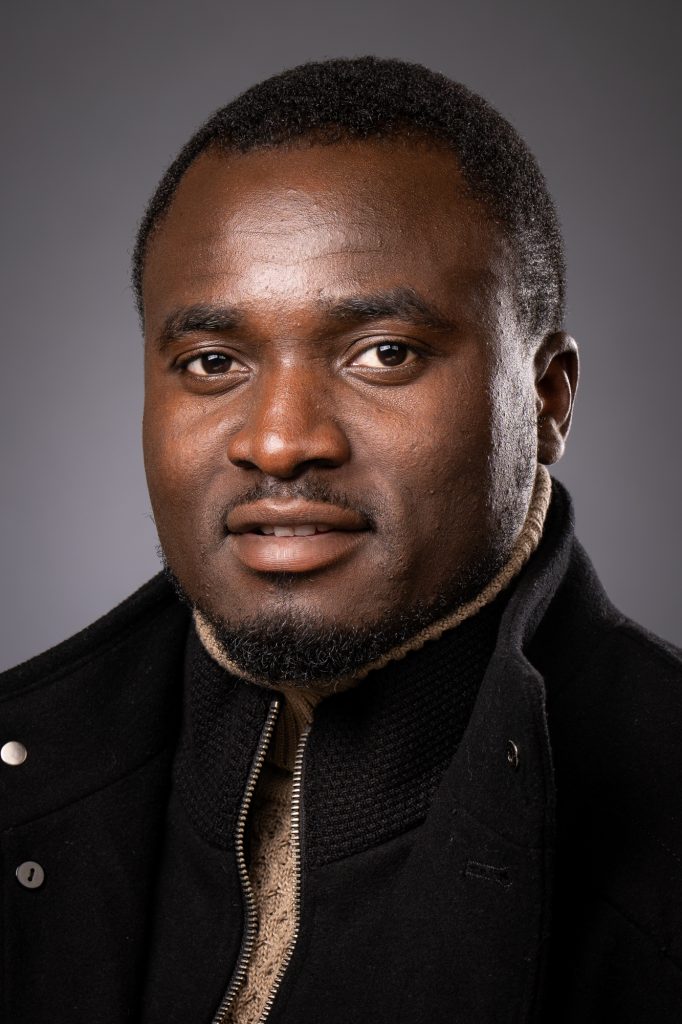Have you ever noticed a friend or stranger obsessed with organizing things or keeping themselves clean? If so, there is a possibility that they might be struggling with obsessive-compulsive disorder (OCD).
It is a mental health condition in which the person struggles with unwanted thoughts, has a desire to do something, and has doubts and fears, due to which they perform repetitive actions. Sometimes, an individual shows signs of different subtypes; sometimes, a person may show different signs.
Looking at this DSM-V diagnostic and statistical manual of mental disorders has identified five major subtypes of OCD. These are based on the nature of symptoms and how the individual experiences them. Once people understand these subtypes, recognizing the reason for their compulsion and obsession and how to deal with it becomes easy.
In our previous post, we discussed the four stages of the OCD cycle, and in this one, we will discuss different OCD subtypes, symptoms, and how to deal with them.
Subtypes of OCD
There are five main types of obsessive-compulsive disorder, these are:
- Obsession of cleaning is due to the fear of contamination.
- Checking compulsion as the person fears they might harm themselves or others.
- Pure O OCD extensive intrusive thoughts,
- Symmetry obsession is the compulsion to arrange things in a set order.
- Hoarding OCD compulsion to keep collecting things.
The name explains a lot about these subtypes, yet it is best to learn more about them to deal with them.
1. Cleaning Compulsion
This OCD subtype focuses mostly on cleaning hands. The person has an obsession with cleaning their hands now and then. They fear that there will be some contamination or that they will fall ill. This manifestation of OCD contamination differs from person to person. Some do it because of the fear of using a public restroom, while others think they are dirty and should wash themselves.
In some cases, people fear falling sick as they have touched something or someone has touched them, due to which they shower excessively or keep cleaning themselves. Some individuals even search for the illness they might have because they have touched something or somebody has touched them.
People with this type of OCD engage in excessive washing or are obsessed with cleaning. When they touch a door handle, they think they have gotten dirty and worry that they might spread germs. To overcome this fear, they spend hours and hours washing their hands. This washing of hands is not a one-time behavior. They do it continuously. Even when they are tidy and clean, they wash their hands.
In some cases, people are found washing their hands until they bleed. This obsession causes distress and anxiety and also interferes with daily activities. When dealing with such kind of OCD, seek professional help to get an accurate diagnosis and receive appropriate treatment.
2. Harm Obsessions
In this OCD sub-type, the person has a lot of intrusive thoughts and fears related to harm. They think they might harm someone or they will be harmed. These people get into certain rituals and avoid objects that could cause harm.
They seek constant reassurance from others that they won’t harm anyone. These people often engage in mental rituals or follow certain practices that make them feel better. In harm obsession, people have negative thoughts, and they feel that their house is on fire as they forget to turn off the burner.
They think they left the house open, so they keep checking the locks. They always fear that a disaster is about to take place. They always fear that they will cause harm or someone will cause harm to them. To deal with such kind of OCD and to get a proper diagnosis, it is best to consult a mental healthcare provider.
3. Obsessions Without Visible Compulsions
This is a different subtype of OCD. The obsession the person has is generally about sexual aggression. They think that somebody’s observing them, they are a pervert, or there is someone out there to cause them harm.
These thoughts make them anxious, and they are often found repeating a specific task or phrase. They either keep counting or chant a prayer, and in some cases, they even avoid facing situations that might trigger the obsession. To avoid obsession without compulsion, they can go to any lengths.
4. Symmetry Obsessions With Ordering, Arranging, and Counting Compulsions
Individuals who experience this type of OCD are always busy arranging things in an order. They do not like clutter. They want to keep everything in an organized and arranged manner. If they have kept a book at a distance of 5 cm from another object, if you touch it, they will keep it back again at the same distance.
They will organize their clothes in a color-coded manner and wear things in a specific manner. They do not like it when somebody disturb this arrangement. Individuals with this subtype have repetitive thinking and sentences. They want everything to be done properly. Sometimes these people also have a counting compulsion and keep counting the things until they feel everything is fine.
5. Hoarding
Have you seen the movie The Tomorrow Man? In it, Lithgow shows a garage full of tinned goods, including soups, sauces, etc. This is an example of hoarding OCD, where a person fears losing things and keeps hoarding them.
Usually accompanied by a fear of losing things, people with hoarding OCD think that if they sell a particular thing, they might need it later, and then they won’t have it, so they keep collecting it. Sometimes, they keep holding on to things as if they have an emotional attachment. Their habit clutters their space and life, making it difficult for others to live with them.
These people have higher anxiety and depression. When they do not find their things, they feel a sense of incompleteness. This is why, compared to other OCD in this subtype, people always live with clutter. The good news is that hoarding OCD is highly treatable.
Other Subtypes of OCD
Alongside these primary OCD subtypes, there are a few other OCD types, including:
1. Relationship OCD
In this subtype, the person always fears their romantic partner will leave them. They doubt their relationship and also fear losing their partner. These people often struggle with trust questions. They keep thinking about whether or not their partner loves them, what they can do not to annoy and keep them happy, and whether or not their partner is happy with them. Also, they think their partner might leave them if they find someone better.
2. “Just Right” OCD
In this OCD subtype, the person thinks they can do much better. They are never happy with what they and others do. They think there is always room for improvement and things can be rectified. To deal with this compulsion, they often count things now and then, arrange things, touch, tap, etc.
3. False Memory OCD
This OCD subtype makes the individual doubt their thoughts. The person thinks that they might have stolen things or might have forgotten to pay at the store. They always think about things that have not happened. The false OCD makes them believe that they have done something that shouldn’t be done.
4. Magical Thinking OCD
People with OCD are amazing. They always think that when they stop doing the activities they perform, something magical will happen. Some believe that if they are put at number 3 or 13, they will never succeed, as these are unlucky numbers. When they see 11:11 on their phone or on the clock each night, they think something unimaginable is going to happen. They associate things in their lives with the numbers.
In addition to these OCD subtypes, you will also find people with violent obsession, perfectionism, sexual obsessions, etc.
Treatment for OCD Subtypes
- How a person with OCD can be treated depends on different factors, including:
- What helped them in the past?
- Was the person on any prescribed medication?
- Is the person ready and motivated to be treated by a mental health practitioner through therapies like Cognitive Behavioral Therapy and Exposure to Response Therapy?
- How severe are the symptoms?
- Does the person struggle with other cognitive distortions like depression or anxiety?
Once answers to these questions are collected, creating a treatment plan becomes easy. Usually, a holistic approach and a combination of Cognitive Behavioral Therapy (CBT) and Exposure and Response Prevention (ERP) with medication works best to treat people with OCD.
A Word From CalmSage
Obsessive-compulsive disorders are treatable. If you see the signs of compulsion in you or your loved ones, it is best to consult a therapist. The trained professional will be able to diagnose the cause and give a proper treatment. Different techniques can help cope with obsessions. ERP, by exposing the person to the triggers, helps them deal with compulsions, thus managing stress and anxiety.
Therefore, it is best to get the treatment. Having OCD feels overwhelming, but not getting treated or hiding it will not help. If you think you are alone, then you are not. Others are struggling with it and getting treated. Talk to a psychologist today and see what works best for you to help deal with your fears.
Publisher: Source link






